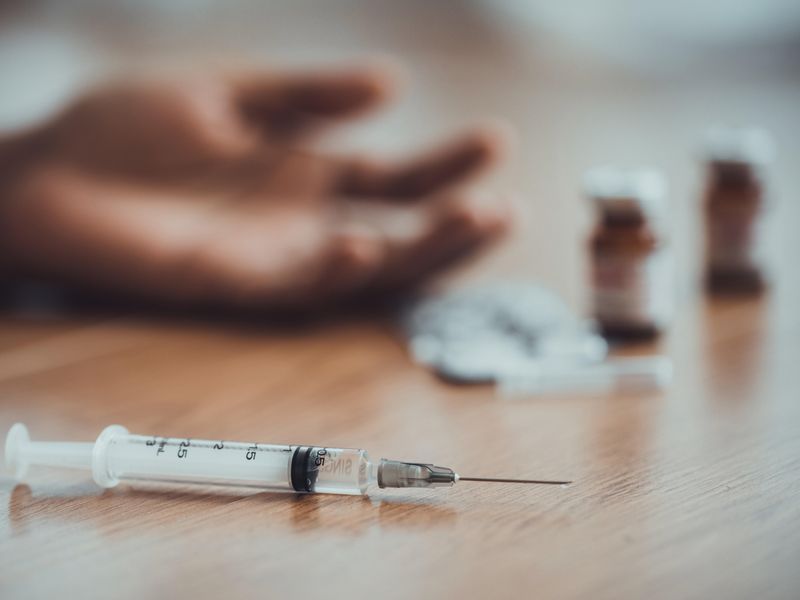Modeling suggests community-based, pharmacy-initiated naloxone distribution more effective at averting opioid overdose deaths
FRIDAY, Feb. 18, 2022 (HealthDay News) — Substantial increases in naloxone distribution are needed to avert opioid overdose deaths in the United States, according to a study published online Feb. 10 in The Lancet Public Health.
Michael A. Irvine, Ph.D., from Simon Fraser University in Burnaby, British Columbia, Canada, and colleagues modeled the risk for opioid overdose to estimate the expected reduction in opioid overdose mortality after deployment of a given number of two-dose naloxone kits.
The researchers report that the need for naloxone differed by epidemic type, with fentanyl epidemics consistently having the highest probability of naloxone use during witnessed overdose events (range, 58 to 76 percent across the three modeled states) and prescription opioid-dominated epidemics having the lowest (range, 0 to 20 percent). Community-based and pharmacy-initiated naloxone access points had a higher probability of naloxone use in witnessed overdoses and higher numbers of deaths averted per 100,000 people versus provider-prescribed access only. Across 12 modeled states, to achieve a target of naloxone use in 80 percent of witnessed overdoses, need varied from no additional kits to 1,270 kits needed per 100,000 population. Only Arizona had sufficient kits in 2017 to meet this target.
“The extent of naloxone distribution, especially through community-based programs and pharmacy-initiated access points, warrants substantial expansion in nearly every U.S. state,” the authors write.
Copyright © 2021 HealthDay. All rights reserved.








